ASTM A335 P5
Alloy seamless pipes

16Mn is a kind of high strength low alloy structural steel, the carbon content of 0.12% -0.20% to join main alloying elements manganese, silicon, vanadium, niobium, and titanium.
Download PDFThe range of 16Mn pipe sizes that may be examined by each method shall be subjected to the limitations in the scope of the respective practice.
16Mn Steel is a carbon-manganese steel, carbon content of 0.16%, the yield point is equal to 343MPa (strength level belonging to 343MPa). Less the 16Mn steel alloy content, good weldability, and generally do not have to warm-up before welding.
16Mn is a low-alloy high-strength structural steel that contains carbon, manganese, silicon, and traces of other alloys such as phosphorus and sulfur. It has good weldability and formability, as well as high toughness and strength, making it a popular choice for various structural applications.
Features and properties of 16Mn include:
In summary, 16Mn is a low-alloy high-strength structural steel with superior strength, good weldability and formability, excellent toughness, good corrosion resistance, and affordability. Its combination of properties makes it a popular choice in various industries such as construction, machinery, and transportation.

| Elements | Data |
|---|---|
| Carbon | 0.12-0.20 |
| Silicon | 0.20-0.60 |
| Manganese | 1.20-1.60 |
| Chromium | — |
| Molybdenum | — |
| Properties | Data |
|---|---|
| Tesile ób/Mpa | 470-660 |
| Yield ós/Mpa(min) | 275-345 |
| Elongation δ5(%)(min) | 21 |
| SAFA Aku/J(min) | - |
| Brinel hardness HBS(max) | - |
| W.T.(S) | Tolerance of W.T. | |
|---|---|---|
| <3.5 | +15%(+0.48mm min) | |
| -10%(+0.32mm min) | ||
| 3.5-20 | +15%,-10% | |
| >20 | D<219 | ±10% |
| D≥219 | +12.5%,-10% | |
16Mn Steel is a carbon-manganese steel, carbon content of 0.16%, the yield point is equal to 343MPa (strength level belonging to 343MPa). Less the 16Mn steel alloy content, good weldability, and generally do not have to warm-up before welding.Its total alloy content is less than 3%. According to the strength, it is divided into 4 levels of 300, 350, 400 and 450MPa. There are mainly Q235, Q345, Q390, Q420, Q460. : "Q" is the initial Chinese pinyin of the word "qu" for yielding, the following number is the minimum yield point (σs) value of the grade, and the following symbol is based on the increase in the content of impurity elements (sulfur, phosphorus) of the steel It is divided into four grades A, B, C, D when it is low and with the change of carbon and manganese elements. Among them, A and B grade steels are usually called 16Mn.
16Mn is a material in steel. A name for steel material.
16Mn steel belongs to carbon-manganese steel, the carbon content is about 0.16%, and the yield point is equal to 343MPa (strength grade belongs to 343MPa grade). 16Mn steel has less alloy content and good weldability. Generally, it is not necessary to preheat before welding . However, because the hardening tendency of 16Mn steel is slightly greater than that of low-carbon steel, preheating measures must be taken to prevent cold cracks when welding at low temperatures (such as outdoor operations in winter) or on large rigid and large thickness structures .
Classification, code
a) Hot rolled steel pipe, codenamed WH;
b) Cold drawn steel pipe, codenamed WC.
Delivery status
The steel tubes shall be delivered in a heat treated condition.
Length: 5800mm; 6000mm; 6096mm; 7315mm; 11800mm; 12000mm; and so on.
Max length: 16000mm, also U bending can be offered.
Note:
This inventory is part of the inventory, demand and other models in stock or order materials, please contact us.








16Mn is kind of C-Mn steel, its carbon content is from 0.1% to 0.25% and with some alloy elements such as manganese (Mn), silicon (Si), vanadium (V), niobium (Nb), titanium (Ti) and other elements. 16 Mn is a kind of low alloy steel with large output and the most extensive application. This kind of steel can be used as the alternative material of many kinds of steel.
As a old Chinese standards, 16Mn is edited from GB 1591-1988 "low alloy structural steel", has now been replaced by Q345. Low alloy steel Q345 steel has 5 quality grades, which are represented by from Q345A to Q345E. It can be said that Q345 steel is the substitution of old brand steel of 12MnV, 14MnNb, 18Nb, 16MnRE, 16Mn and other steel types, rather than only 16Mn steel. Their corresponding foreign maters are showed below:
| GB | ASTM | JIS | EN | DIN |
|---|---|---|---|---|
| Q345A | Grade 50 | SPFC 590 | E335(St 52-3) | 1.0060 |
| Q345B | Grade 50 | SPFC 590 | S355JR | 1.0045 |
| Q345C | Grade 50 | SPFC 590 | S355JO | 1.0553 |
| Q345D | Grade 50 | SPFC 590 | S355J2 | 1.0577 |
| Q345E | Grade 50 | SPFC 590 | S355NL | 1.0546 |
The chemical element of Q345 steel is basically the same as that of 16Mn steel. The difference lies in the addition of Ti, Nb and V micro alloying elements, which can refine grain, improve toughness, and finally improve the mechanical properties of steel. In other words, the comprehensive mechanical properties of Q345 steel are better than that of 16Mn steel, especially its low temperature performance and allowable stress.
16Mn
Q345
| Steel grade | C | Si | Mn | P | S | Cr | Ni | Cu | Nb | V | Ti | N | Mo |
|---|---|---|---|---|---|---|---|---|---|---|---|---|---|
| 16Mn | 0.12~0.20 | 0.20~0.55 | 1.20~1.60 | ≤0.045 | ≤0.045 | ≤0.30 | ≤0.30 | ≤0.30 | / | / | / | / | / |
| Q345B | ≤0.20 | ≤0.50 | ≤1.70 | ≤0.035 | ≤0.035 | ≤0.30 | ≤0.50 | ≤0.30 | ≤0.07 | ≤0.15 | ≤0.20 | ≤0.012 | ≤0.10 |
16Mn is a typical grade of low alloy high strength steel, mainly including 16Mn steel plate, 16Mn seamless tube and 16Mn forgings, they are widely used in the manufacture of medium and low pressure vessels and oil tanks as well as general mechanical structural parts.
| EU EN |
USA | Germany DIN,WNr |
Japan JIS |
France AFNOR |
England BS |
European old EN |
Italy UNI |
Belgium NBN |
Spain UNE |
China GB |
Finland SFS |
Austria ONORM |
Norway NS |
Inter ISO |
Portugal NP |
India IS |
|---|---|---|---|---|---|---|---|---|---|---|---|---|---|---|---|---|
| S355J0 (1.0553) | A441 A633 |
St52-3U | SS490B | E36-3 | 50C | Fe510C | Fe510C | AE355C | AE355C | 16Mn | Fe52C | St510C | NS12153 | E355C Fe510C |
FE510-C | Fe570HT |
With years of expertise, we provide a diverse array of steel tube processing options. From sawing and machining tube blanks to intricate bending and upsetting operations, we actively assist you throughout your projects.
Our capabilities extend to eccentricity reduction and concentricity enhancement through turning and grinding. We excel in creating complex geometries using processes like rotary swaging and axial forming. Additionally, we offer property modifications via partial heat treatment, ensuring tailored solutions for your specific needs.
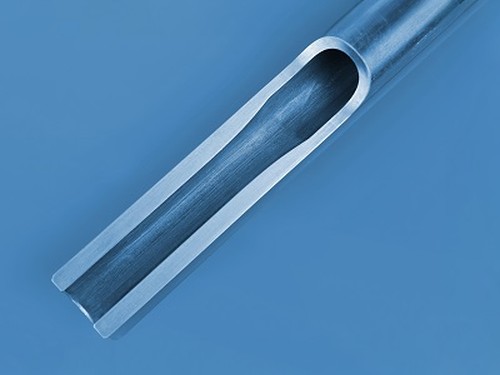
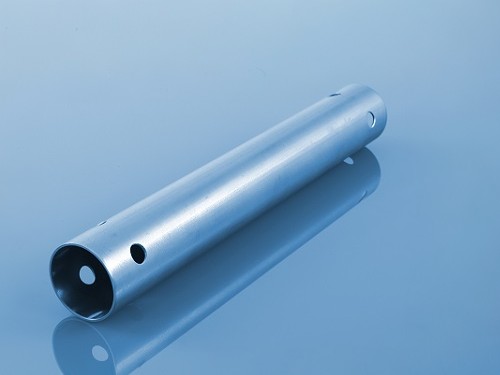
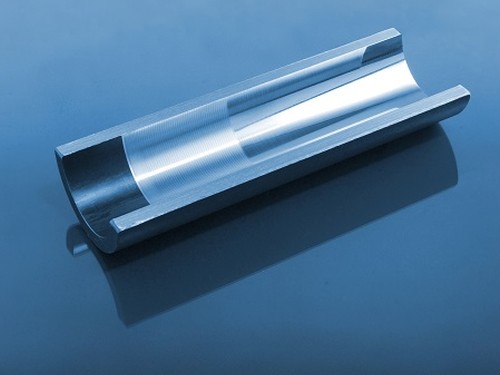
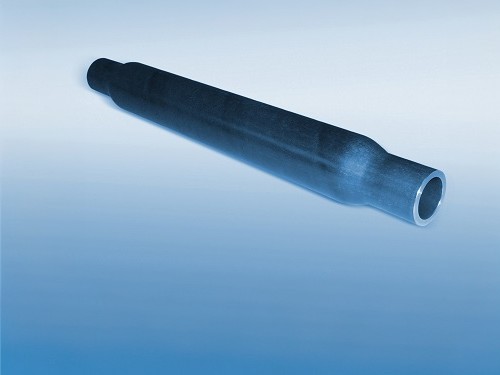
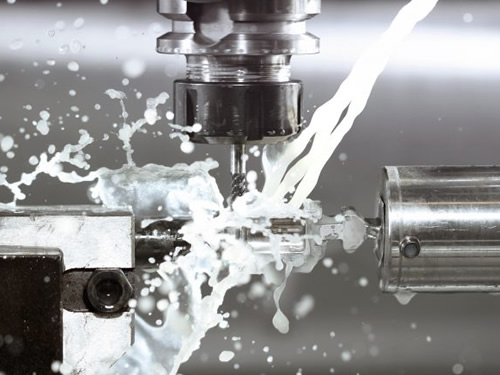
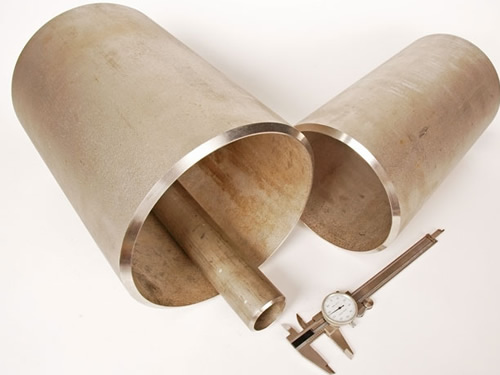
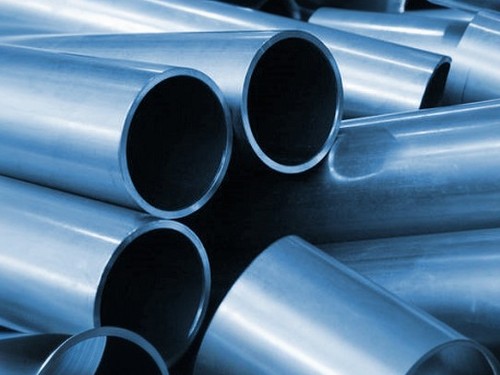
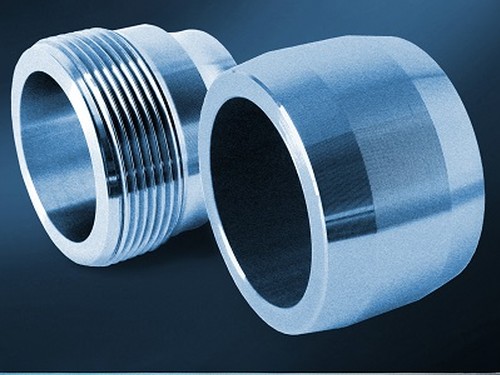
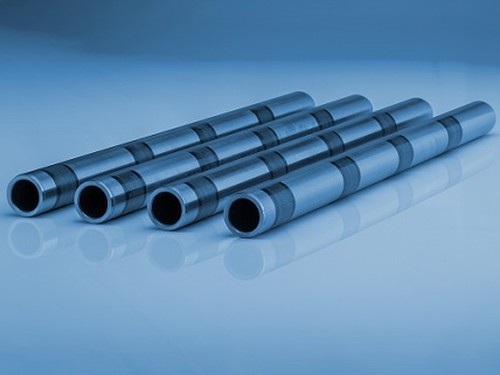
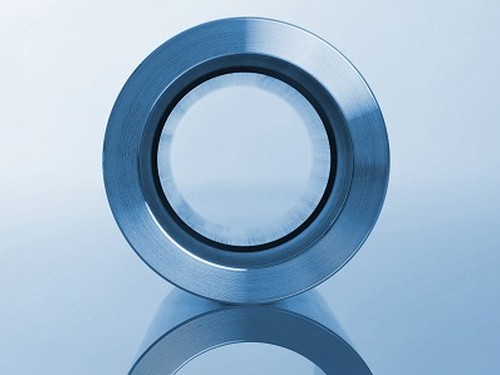
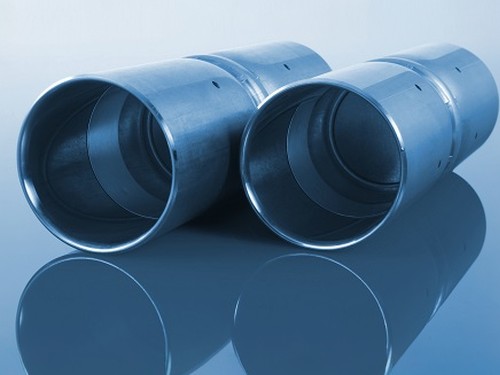

Alloy steel pipes are ideally suitable for chemical, petrochemicals, and other energy-related applications.
The alloy steel pipe adopts high quality carbon steel, alloy structural steel and stainless & heat resisting steel as raw material through hot rolling or cold drawn to be made.
Alloy steel can be used in process area where carbon steel has limitation such as
As an important element of steel products, alloy steel pipe can be divided into seamless steel pipe and welded steel pipe according to the manufacturing technique and tube billet shape.
Here you can see the common alloy steel grade that you will come across.
Why the application of alloy steel pipe is wider than others
There are many kinds of materials used for transport in industrial production. Specifically we will have more choices and it is not limited to the use of alloy steel pipe. But even in the face of more choices, many people tend to choose alloy steel pipe. People make their own choices will have their own reasons. This means the alloy steel pipe application has its own advantages. Compared with transmission lines made of other materials, after it meets the basic application requirements, its quantity is lighter. Then in the practical application of alloy steel pipe, it will have more advantages because of this. Besides its physical characteristic advantage, it also has economic advantages. The wide application of alloy steel pipe is with kinds of reasons. So in practical usage, we can exploit the advantages to the full, in this way can we get more profits in these applications of alloy steel pipe.
The transportation of kinds of gases or liquids in production needs to rely on alloy steel pipe. This shows that the actual role of alloy steel pipe application is important. High temperature resistant and low temperature resistant is the tolerance of temperature. In the practical application of alloy steel pipe, there will be many materials need to be transported. However their temperatures are not the same. So this can be the basic requirement to alloy steel pipe. It needs more corrosion resistance. Corrosion resistant material is the best material during transporting, because it is corrosion resistant. So it can be used in more occasions. And it is definitely very convenient for users.
Can be 100% recycled, environmentally friendly, energy-saving, resource conservation, national strategy, national policy to encourage the expansion of the field of application of high-pressure alloy pipe. Of alloy steel pipe total consumption accounted steel in the proportion is only half of the developed countries, to expand the field of use of the alloy steel pipe to provide a wider space for the development of the industry. The future needs of the average annual growth of China’s high-pressure alloy steel pipe long products up to 10-12%.
Alloy Steel pipe contains substantial quantities of elements other than carbon such as nickel, chromium, silicon, manganese, tungsten, molybdenum, vanadium and limited amounts of other commonly accepted elements such as manganese, sulfur, silicon, and phosphorous.
Our team of experienced sales specialists proudly partners with gas and chemical processors, power generation plants, oil refineries, and related industries to offer piping components and value-added services.
The biggest advantages of alloy steel pipe can be 100% recycled, environmentally friendly, energy-saving, resource conservation, national strategy, national policy to encourage the expansion of the field of application of high-pressure alloy pipe. Of alloy tube total consumption accounted steel in the proportion is only half of the developed countries, to expand the field of use of the alloy tube to provide a wider space for the development of the industry. According to the Chinese Special Steel Association alloy pipe Branch Expert Group, the future needs of the average annual growth of China’s high-pressure alloy pipe long products up to 10-12%.
Chemical composition inspection, mechanical properties test(tensile strength,yield strength, elongation, flaring, flattening, bending, hardness, impact test), surface and dimension test,no-destructive test, hydrostatic test.
identification of the chemical composition of the metal used to manufacture the fitting. Uses PMI sensors, including X-ray fluorescence or optical emission spectrometry.
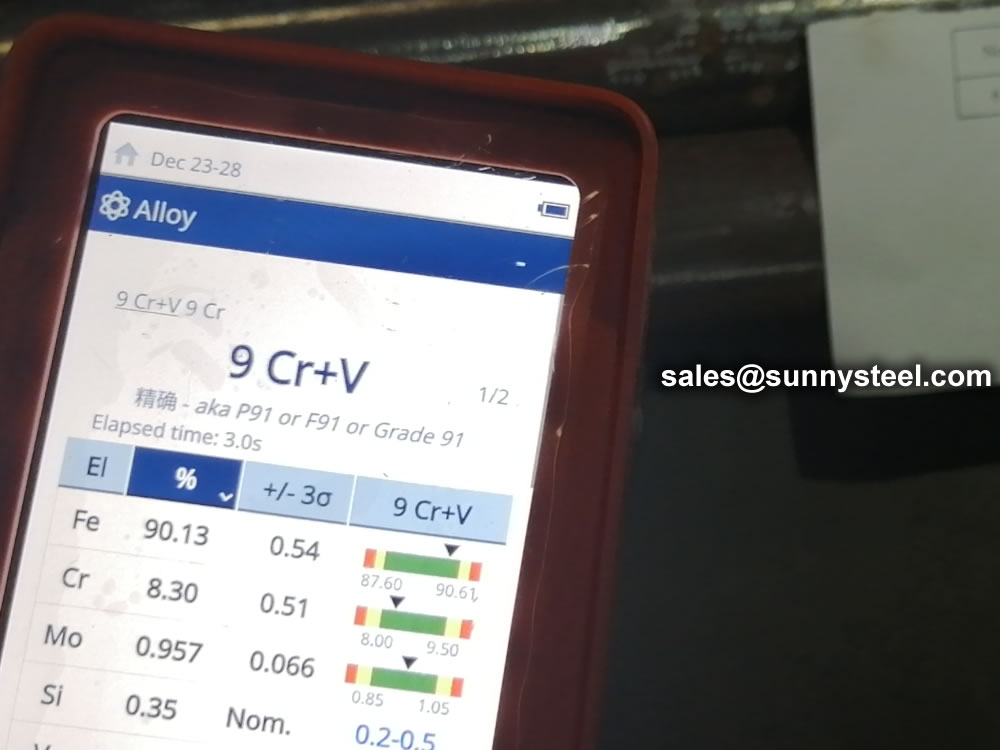
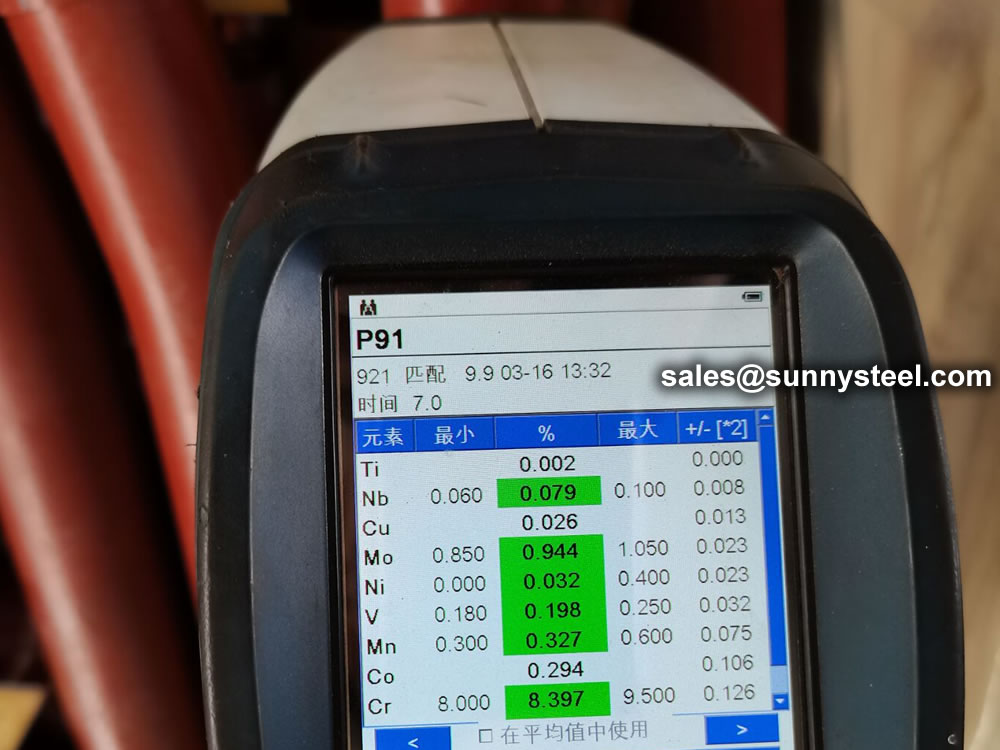
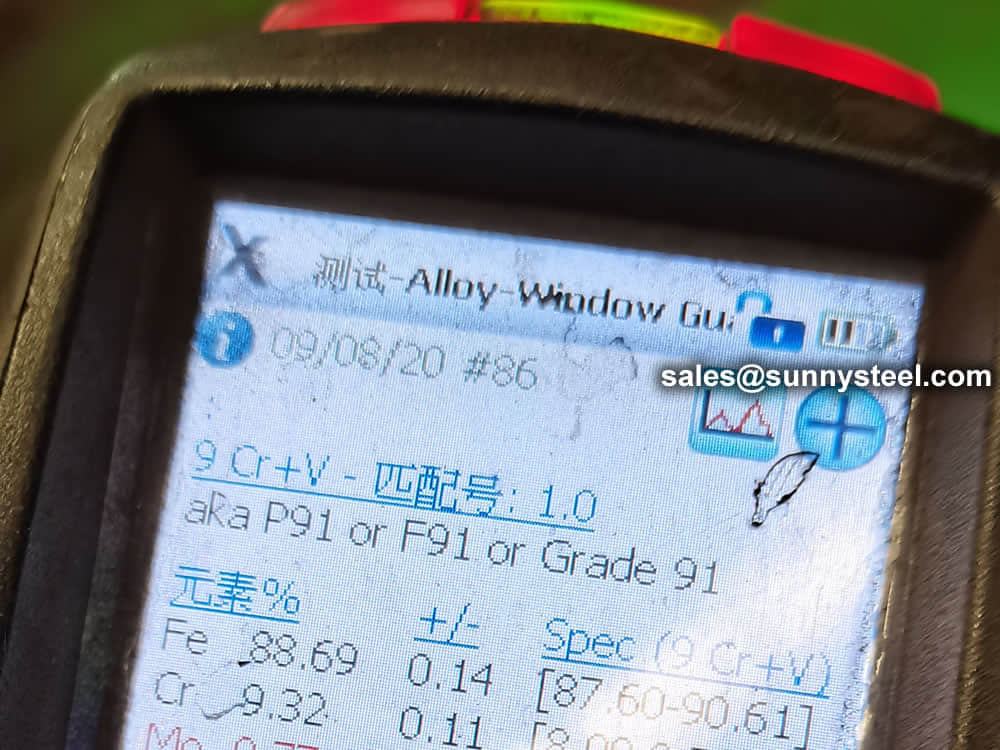
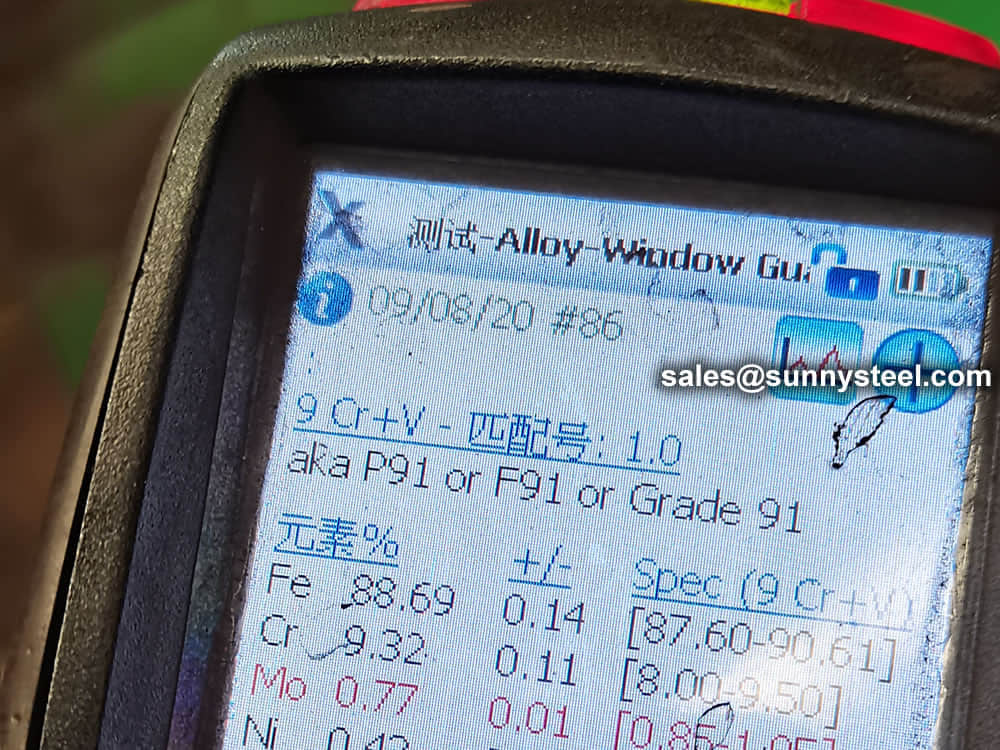
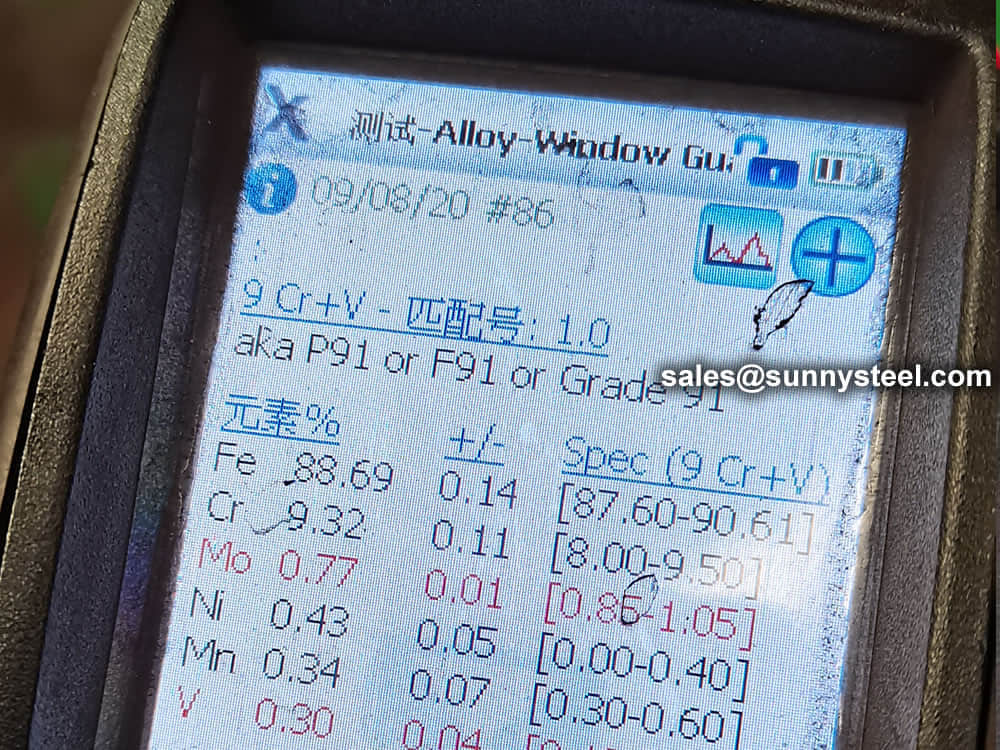

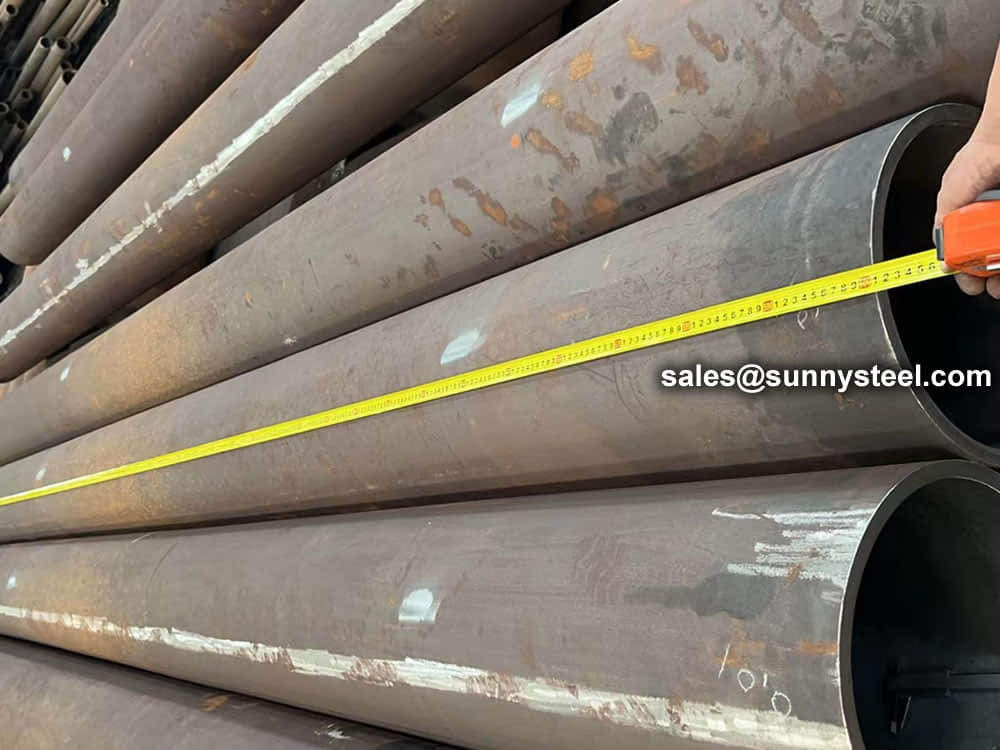
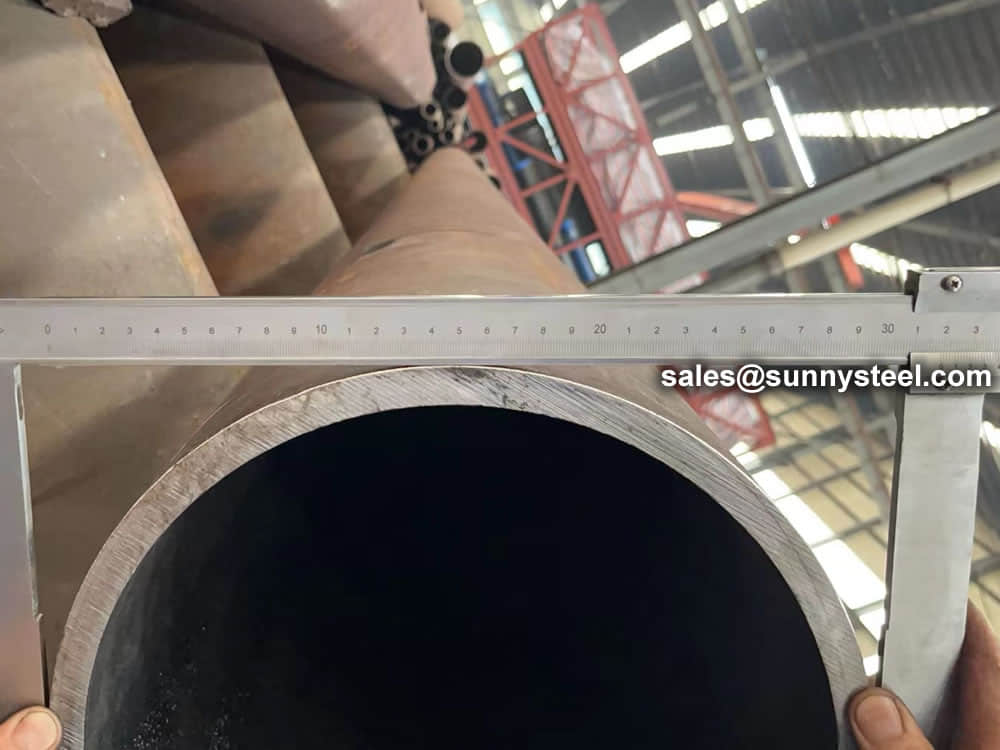
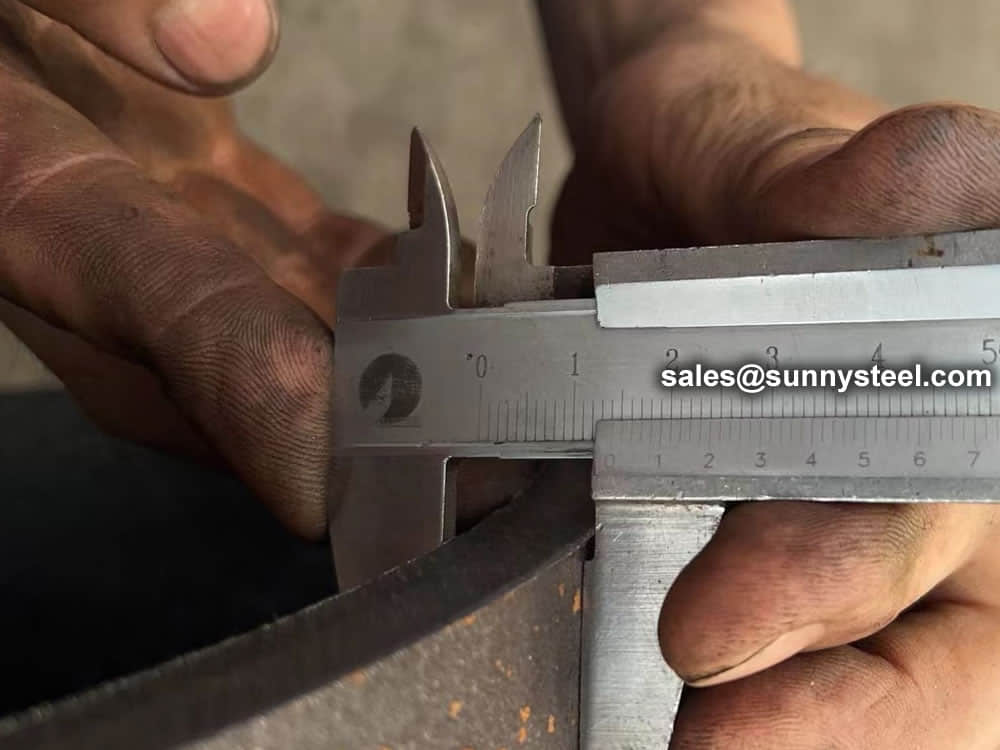
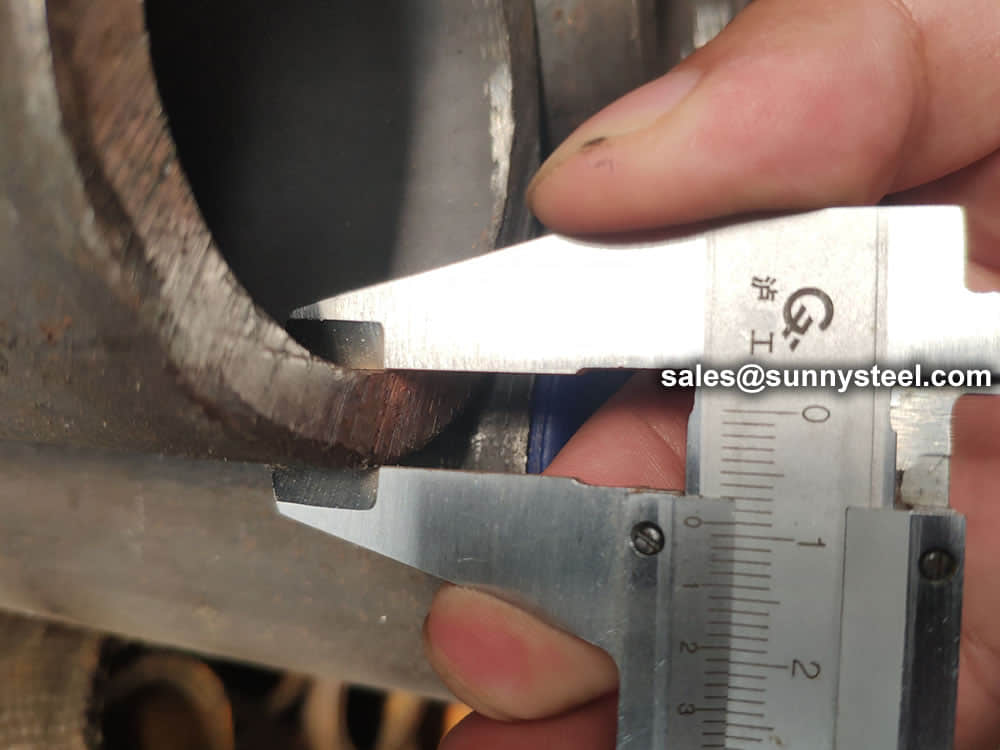
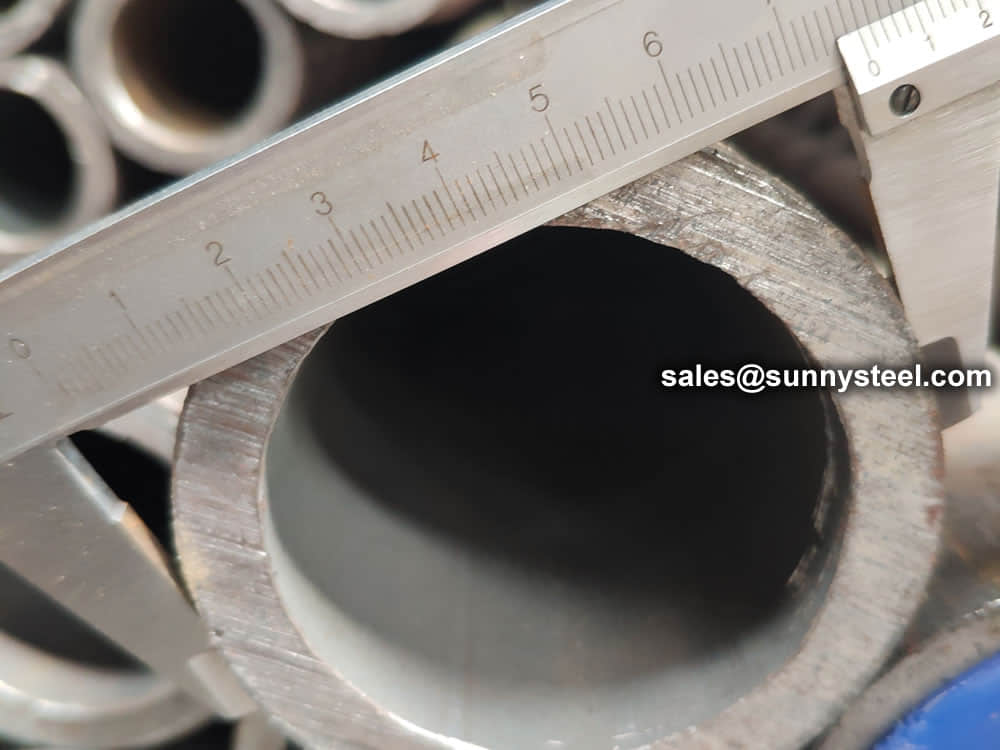
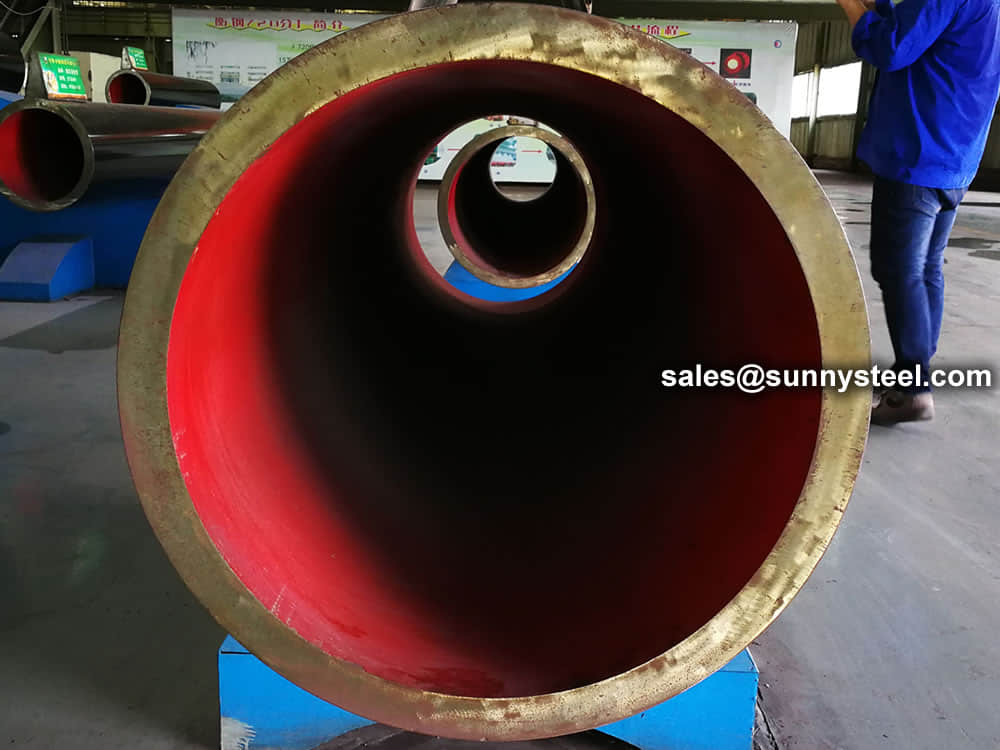

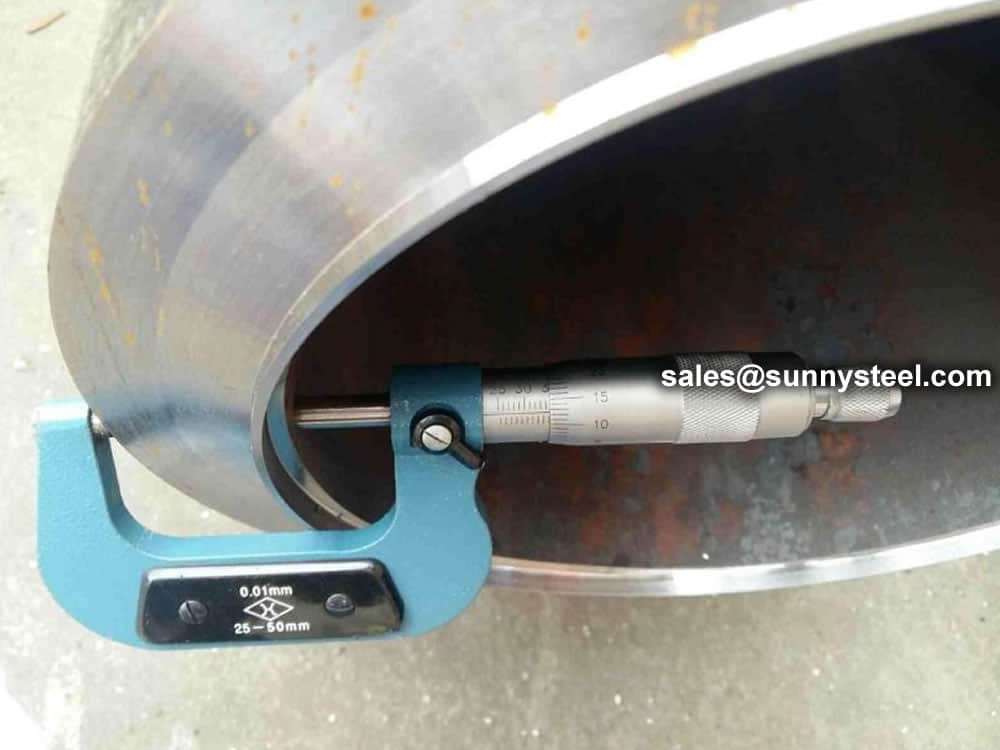


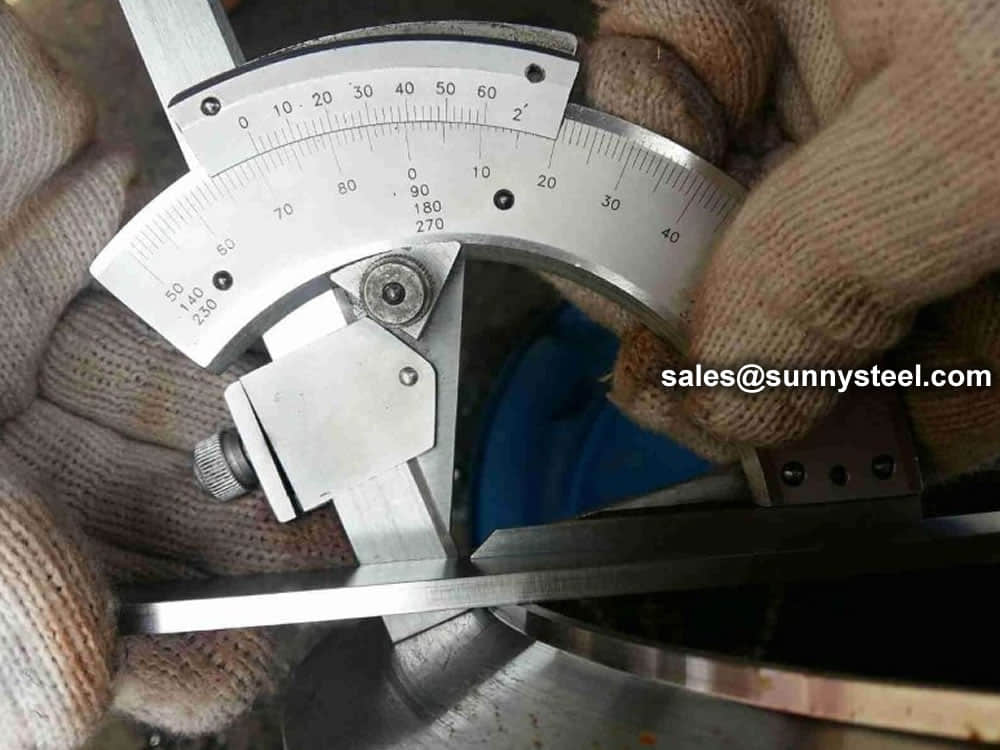
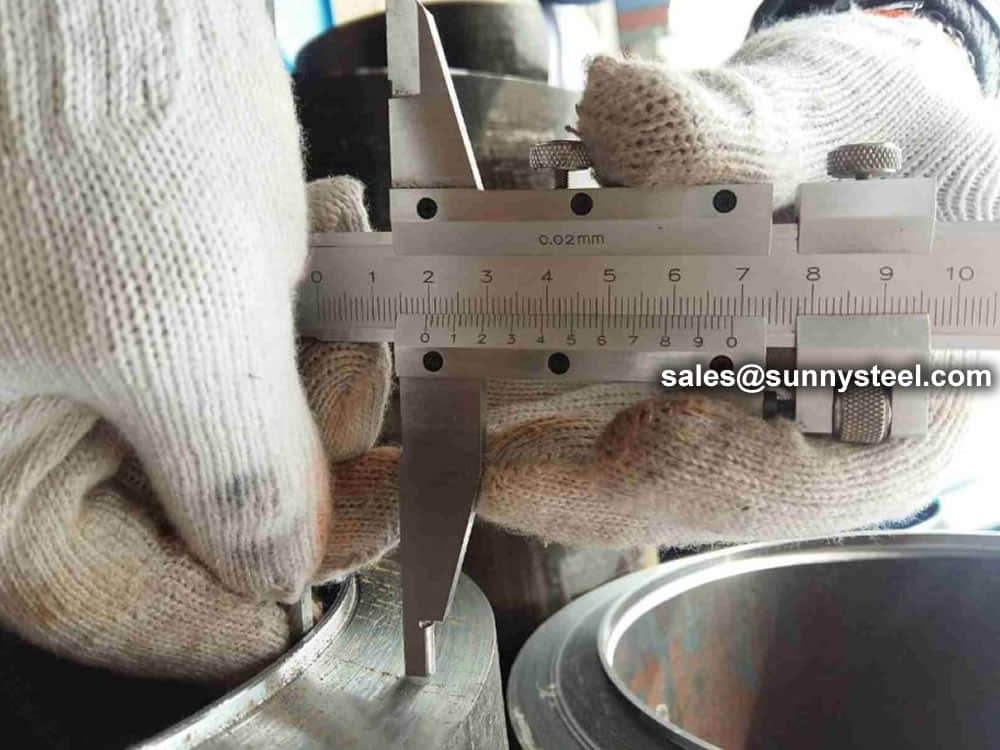
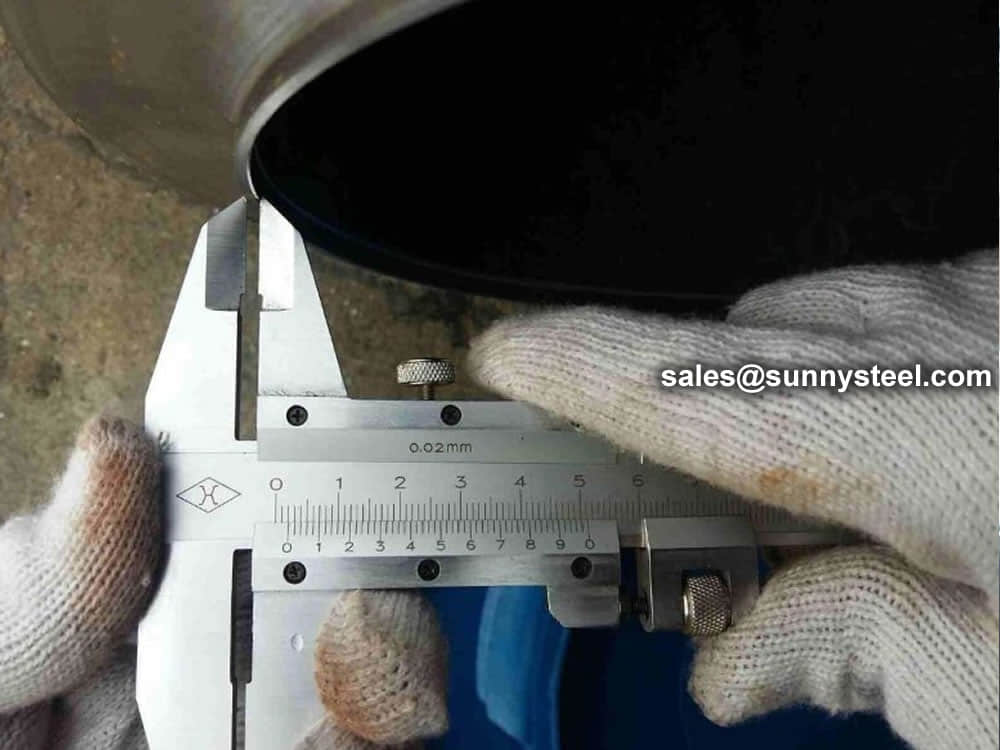
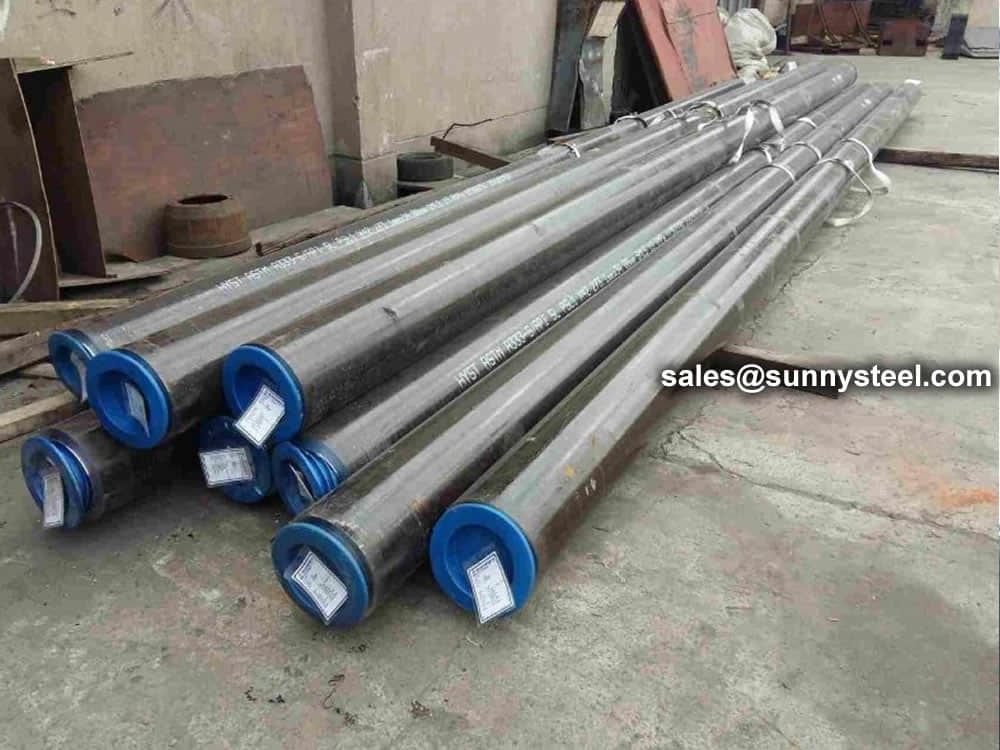
Steel pipe delivery status(condition): cold / hard (BK), cold / soft (BKW), after cold stress relief annealing (BKS), annealing (GBK), normalized (NBK).
| Term | Symbol | Explanation |
|---|---|---|
| Cold-finished/hard (cold-finished as-drawn) | BK | No heat treatment after the last cold-forming process. The tubes therefore have only low deformability. |
| Cold-finished/soft (lightly cold-worked) | BKW | After the last heat treatment there is a light finishing pass (cold drawing) With proper subsequent processing, the tube can be cold-formed (e.g. bent, expanded) within certain limits. |
| Annealed | GBK | After the final cold-forming process the tubes are annealed in a controlled atmosphere or under vacuum. |
| Normalized | NBK | The tubes are annealed above the upper transformation point in a controlled atmosphere or under vacuum. |
The general cold strip mills, volume should go through continuous annealing (CAPL unit) to eliminate cold hardening and rolling stress, or batch annealing reach the mechanical properties of the corresponding standard specifies. Cold rolled steel surface quality, appearance, dimensional accuracy better than hot-rolled plate, and right-rolled thin product thickness is about 0.18mm, so the majority of users favor.
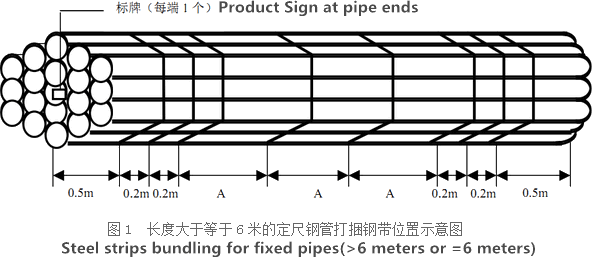
Cold rolled steel coil substrate products deep processing of high value-added products. Such as electro-galvanized, hot dip galvanized, electro-galvanized fingerprint resistant, painted steel roll damping composite steel, PVC laminating steel plates, etc., so that the excellent quality of these products has a beautiful, high resistance to corrosion, has been widely used.
Cold rolled steel coil finishing after annealing, cut the head, tail, trimming, flattening, smooth, heavy volume, or longitudinal clipboard. Cold-rolled products are widely used in automobile manufacturing, household electrical appliances, instruments, switches, buildings, office furniture and other industries. Steel plate strapping package weight of 3 to 5 tons. Flat sub-volume typically 3 to 10 tons / volume. Coil diameter 6m.
Bare packing/bundle packing/crate packing/wooden protection at the both sides of tubes and suitably protected for sea-worthly delivery or as requested.
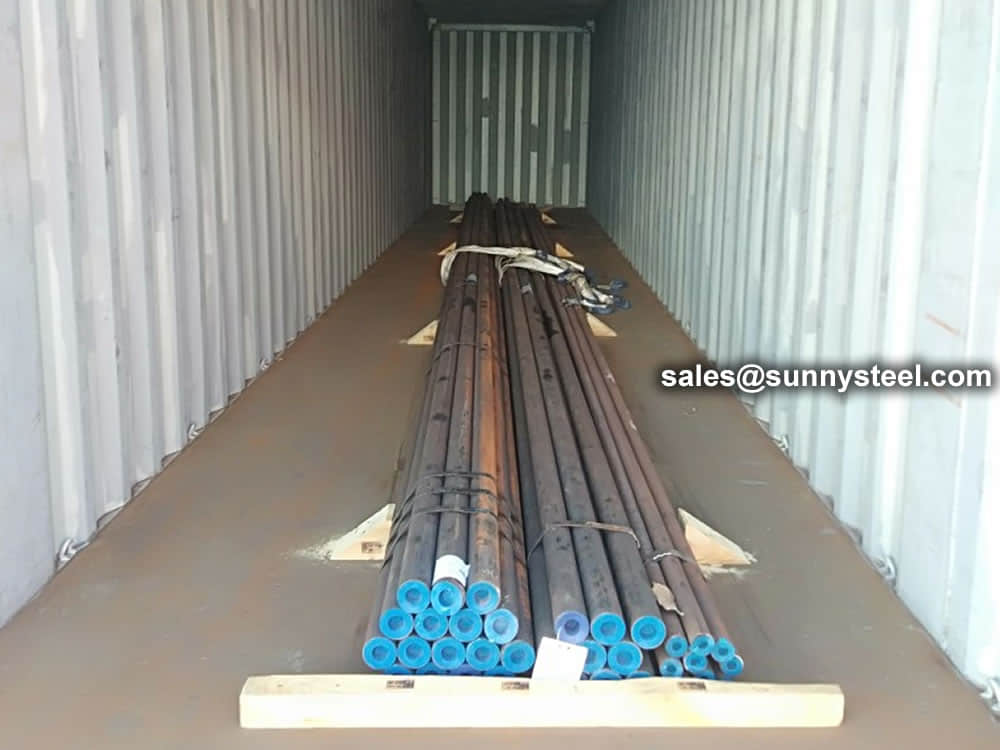
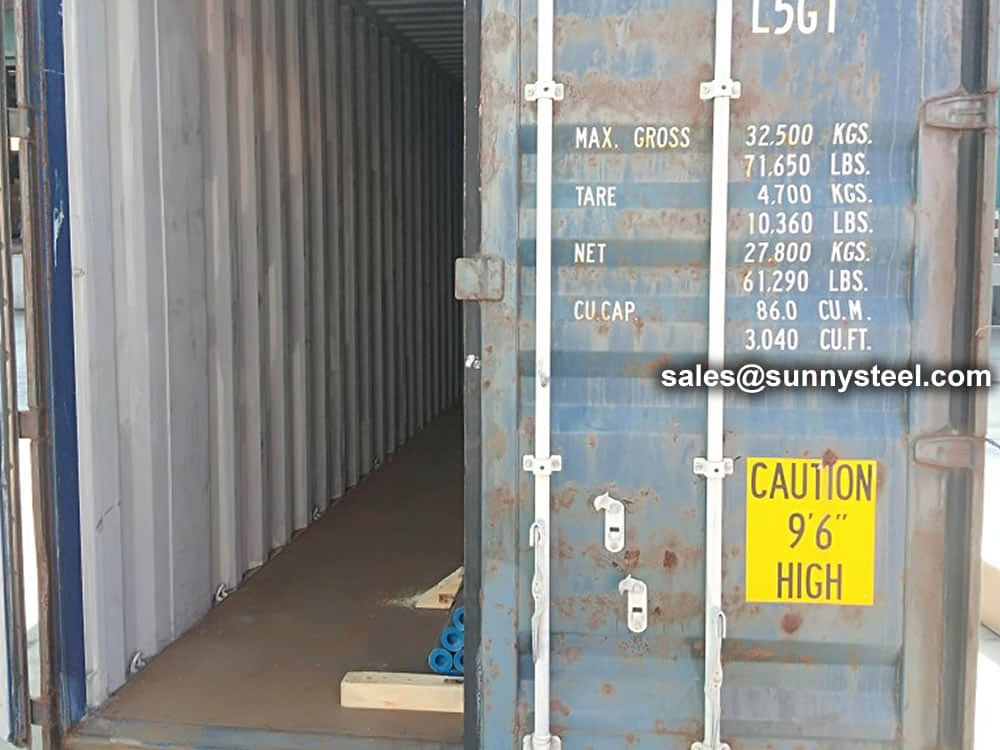
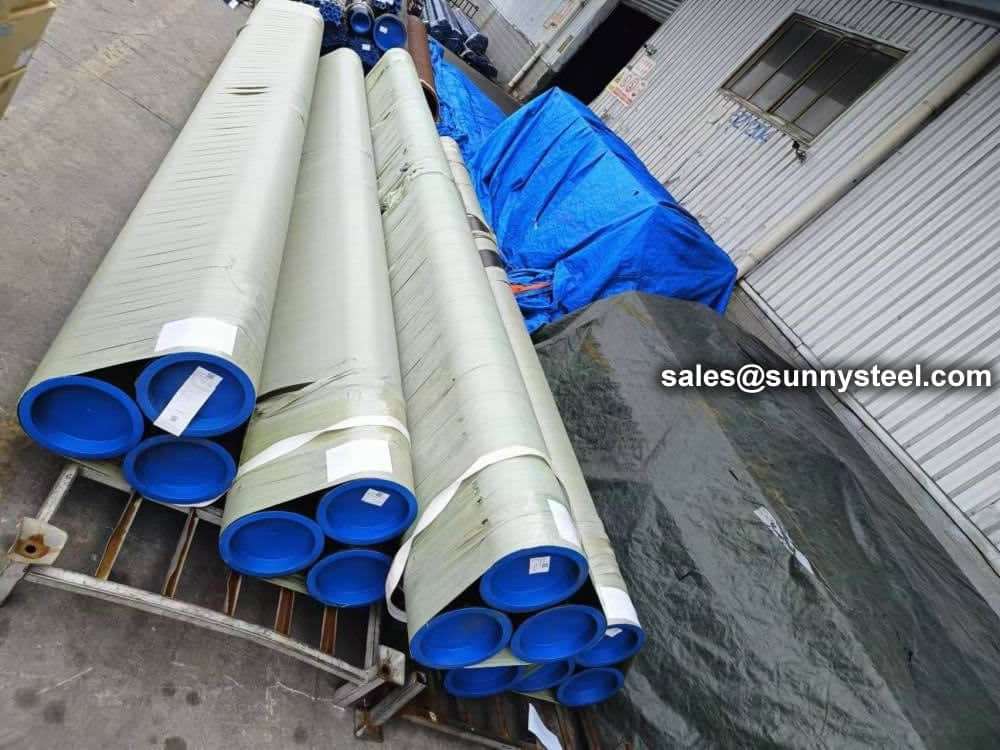

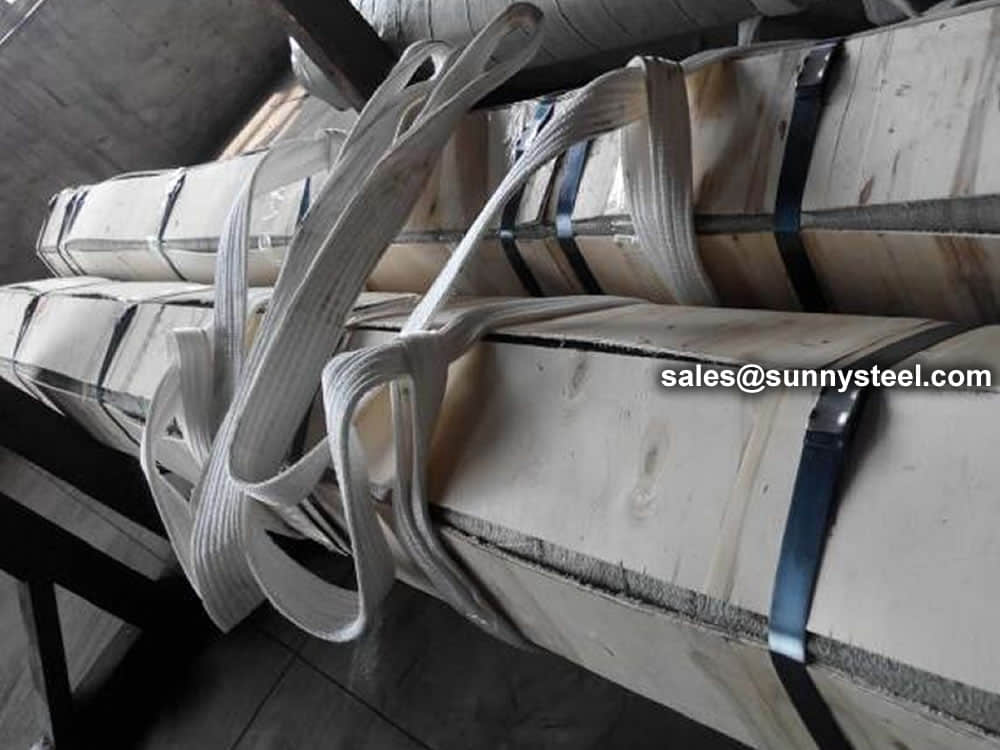
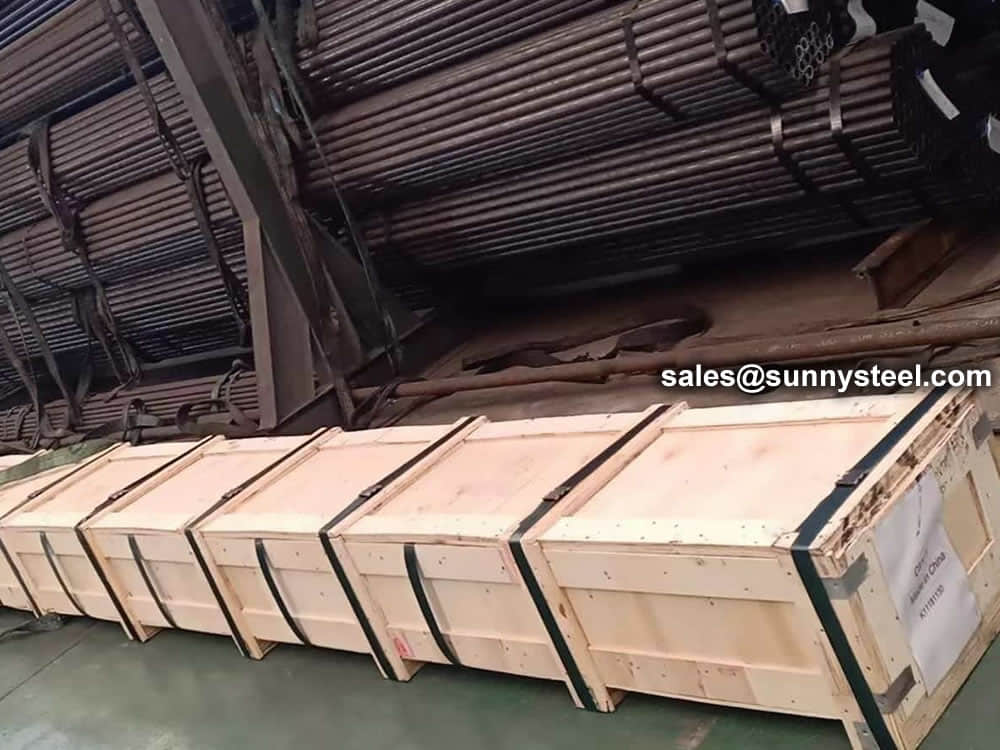
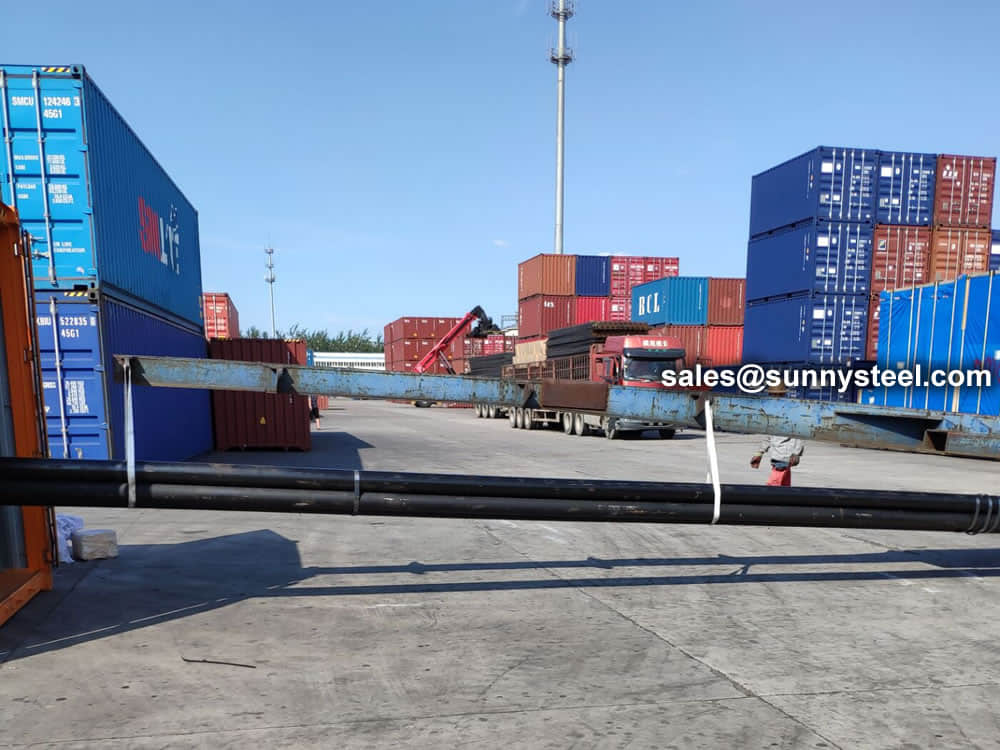

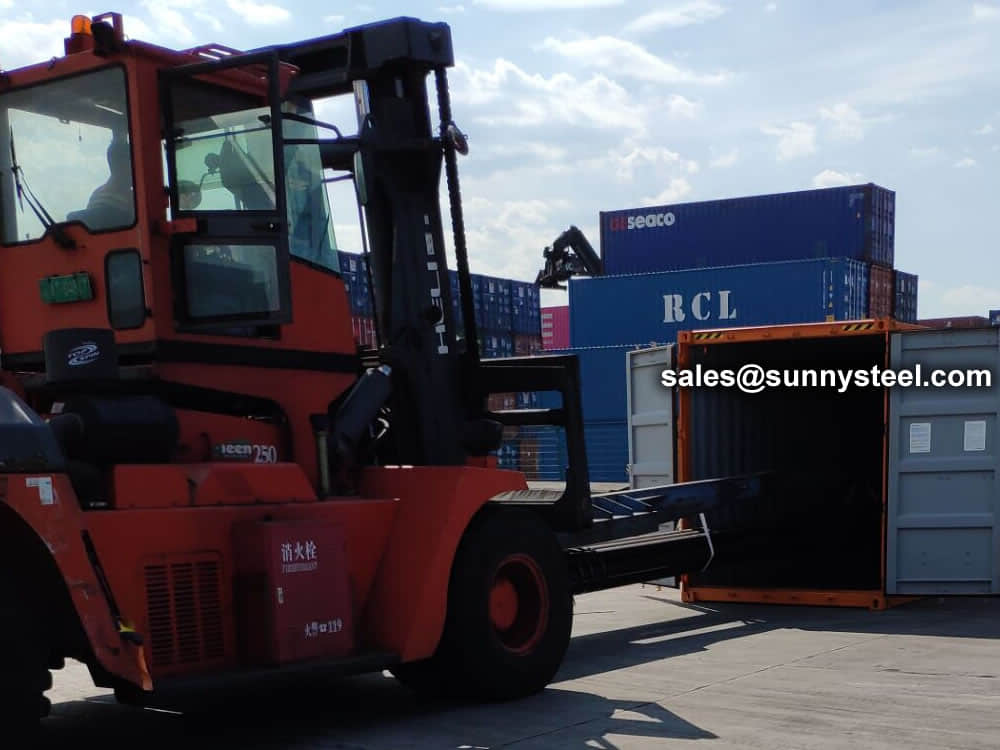
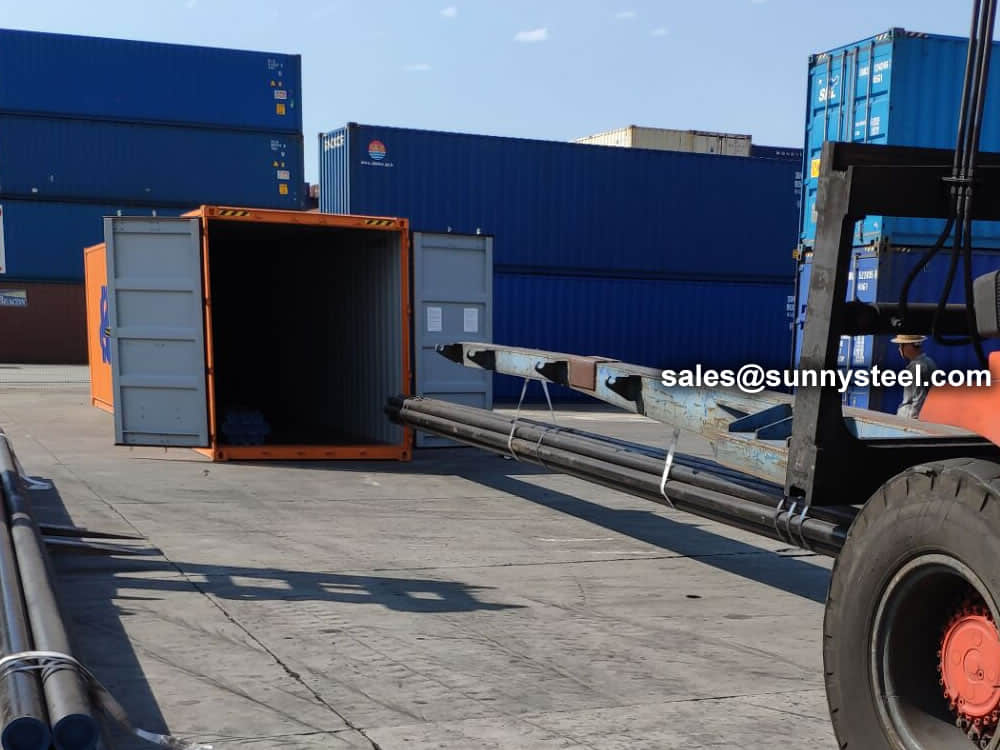
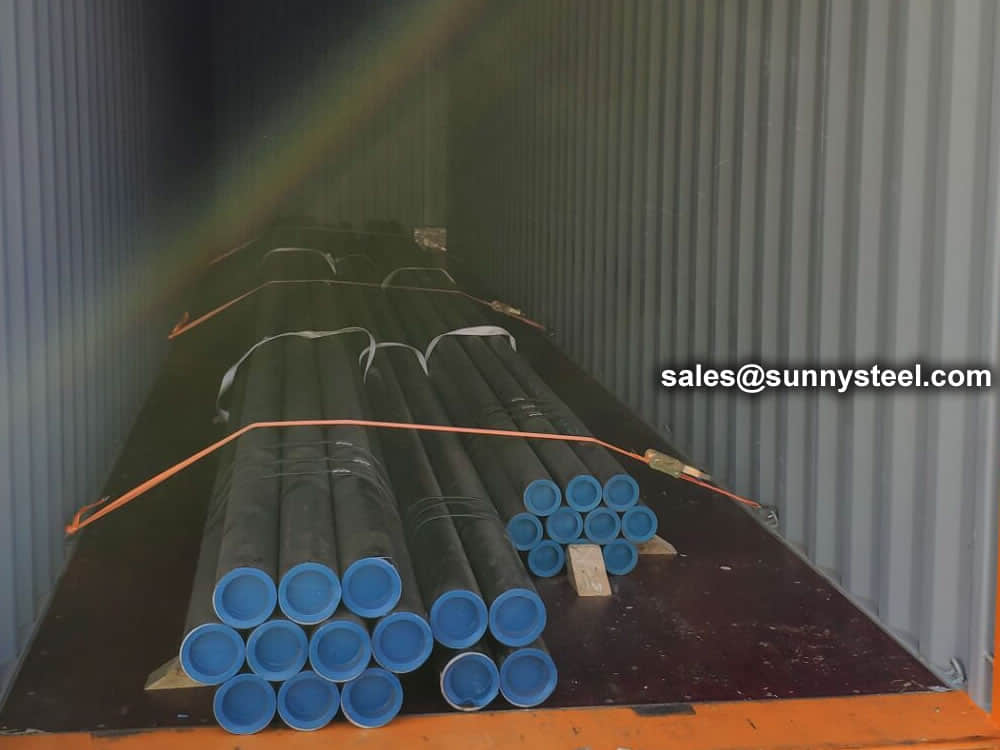
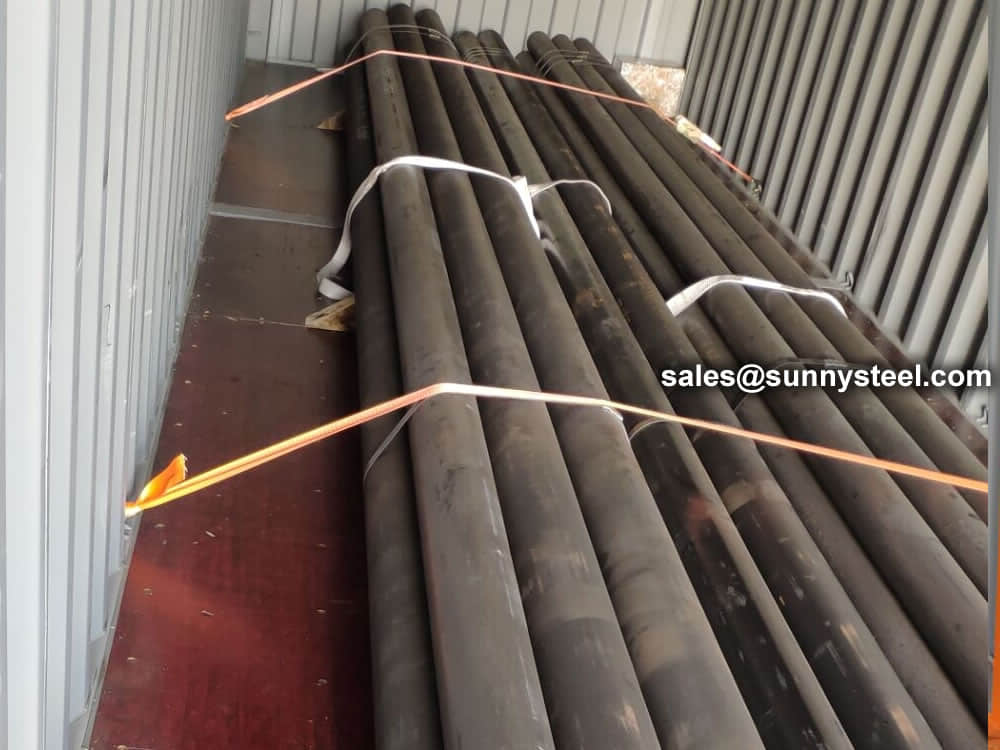
There are probably hundreds of different methods for packing a pipe, and most of them have merit, but there are two principles that are vital for any method to work prevent rusting and Sea transportation security.
Our packing can meet any needs of the customers.
Our team of experienced sales specialists proudly partners with gas and chemical processors, power generation plants, oil refineries, and related industries to offer piping components and value-added services.
Alloy steels are made by combining carbon steel with one or several alloying elements, such as manganese, silicon, nickel, titanium, copper, chromium and aluminum. These metals are added to produce specific properties that are not found in regular carbon steel. The elements are added in varying proportions (or combinations) making the material take on different aspects such as increased hardness, increased corrosion resistance, increased strength, improved formability (ductility); the weldability can also change.
Commonly used alloying elements and their effects are listed in the table given below.
| Alloying Elements | Effect on the Properties |
|---|---|
| Chromium | Increases Resistance to corrosion and oxidation. Increases hardenability and wear resistance. Increases high temperature strength. |
| Nickel | Increases hardenability. Improves toughness. Increases impact strength at low temperatures. |
| Molybdenum | Increases hardenability, high temperature hardness, and wear resistance. Enhances the effects of other alloying elements. Eliminate temper brittleness in steels. Increases high temperature strength. |
| Manganese | Increases hardenability. Combines with sulfur to reduce its adverse effects. |
| Vanadium | Increases hardenability, high temperature hardness, and wear resistance. Improves fatigue resistance. |
| Titanium | Strongest carbide former. Added to stainless steel to prevent precipitation of chromium carbide. |
| Silicon | Removes oxygen in steel making. Improves toughness. Increases hardness ability |
| Boron | Increases hardenability. Produces fine grain size. |
| Aluminum | Forms nitride in nitriding steels. Produces fine grain size in casting. Removes oxygen in steel melting. |
| Cobalt | Increases heat and wear resistance. |
| Tungsten | Increases hardness at elevated temperatures. Refines grain size. |
